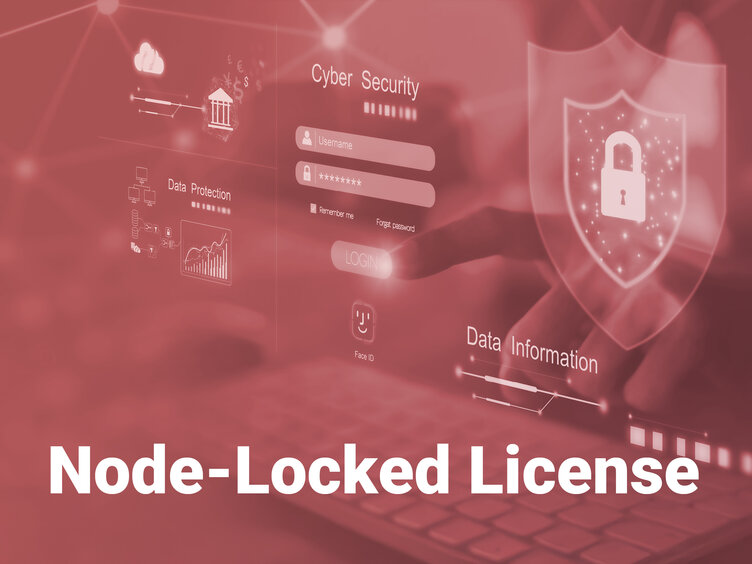Node-Locked License (License bound to a computer)
A node-locked license is a software protection model in which the use of software is linked to one or more specific hardware devices (“nodes”). The license is activated and validated via a unique hardware fingerprint (e.g. CPU ID, hard disk serial number). This prevents the software from being used on unauthorized devices.
Meaning in the context of software protection
Node-locked licenses are a core instrument for combating piracy and maintaining control over software distribution. They enable developers to maintain
- Precise usage restrictions: Software only runs on registered devices.
- Compliance with license agreements: Prevent unauthorized redistribution or multiple installations.
Important components of a node-locked license
| Element | Description |
| Hardware fingerprinting | Capture of unique device IDs (CPU, BIOS, HDD) |
| License key | Cryptographically signed key that is linked to the fingerprint |
| Activation process | One-off registration of the device on first use |
| Deactivation option | Manual or automatic release of the license for transfers |
Factors influencing the application
- Hardware upgrades: Changes to the CPU or hard disk can invalidate the license.
- License management tools: Platforms such as Cryptolens or Keygen simplify device binding and management.
- Compliance guidelines: Industry-specific specifications (e.g. for medical devices) often require strict node-locking models.
Benefits for users and companies
For companies:
- Cost control: No unexpected license fees due to unauthorized use.
- Security: Reduces risks from piracy or data leaks.
For users:
- Easy administration: no server or network required for license checks.
- Predictable costs: Clear allocation of licenses to devices.
Conclusion
Node-locked licenses will remain a central component of modern license management systems in 2025 - especially in industries with high security requirements (e.g. medical technology, finance). Trends such as IoT devices and edge computing are increasing the demand for hardware-bound licenses, as they guarantee control and compliance in decentralized environments.
Author:
Steffen Kätsch
Senior Support Engineer / Consultant License Management
Education: FH Jena
Expertise: License Management Software Licensing Software Protection IT Compliance Digital Rights Management
